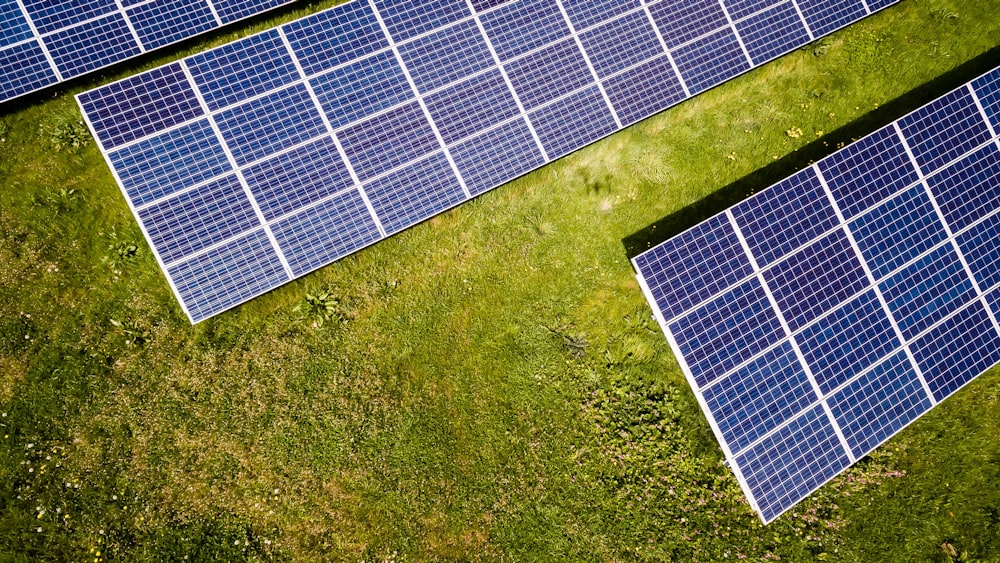Green Hydrogen Electrolyzer: Advancements for Sustainable Energy
In the pursuit of sustainable energy solutions, the focus has increasingly turned to green hydrogen electrolyzers. These innovative devices play a crucial role in harnessing renewable energy sources to produce clean hydrogen fuel. Let’s delve into the advancements driving the development of green hydrogen electrolyzers and their significance in the transition towards a greener future.
The Promise of Green Hydrogen
Green hydrogen, produced through the electrolysis of water using renewable energy sources like solar and wind, holds immense promise as a clean energy carrier. Unlike conventional hydrogen production methods that rely on fossil fuels, green hydrogen offers a carbon-neutral alternative with zero greenhouse gas emissions. It serves as a versatile energy storage medium and can be used across various sectors, including transportation, industry, and power generation.
Electrolyzer Technology Evolution
The evolution of electrolyzer technology has been instrumental in unlocking the potential of green hydrogen. Advancements in materials science, catalysis, and process optimization have led to significant improvements in electrolyzer efficiency, durability, and cost-effectiveness. High-efficiency electrolyzers equipped with state-of-the-art proton exchange membranes (PEM) or alkaline electrolyte systems are now capable of converting renewable electricity into hydrogen with unprecedented efficiency.
Scaling Up Renewable Integration
As renewable energy sources continue to proliferate, the need to efficiently integrate them into the grid becomes paramount. Green hydrogen electrolyzers play a vital role in this transition by providing a means to store excess renewable energy during periods of low demand. By converting surplus electricity into hydrogen, electrolyzers enable grid operators to balance supply and demand, thus enhancing grid stability and resilience.
Applications Across Industries
The versatility of green hydrogen extends its applications across a wide range of industries. From fueling zero-emission vehicles to decarbonizing industrial processes, the potential applications of green hydrogen are vast. Electrolyzers serve as the backbone of this hydrogen economy, facilitating the production of clean fuel that can replace fossil fuels in various sectors. Moreover, advancements in electrolyzer technology are driving down costs, making green hydrogen increasingly competitive with conventional fuels.
Addressing Challenges
Despite the immense potential of green hydrogen electrolyzers, several challenges remain to be addressed. Cost reduction, efficiency improvements, and scaling up production are key areas of focus for researchers and industry stakeholders. Additionally, ensuring the availability of renewable energy sources to power electrolyzers is essential for maintaining the environmental benefits of green hydrogen production.
Future Outlook
Looking ahead, the future of green hydrogen electrolyzers appears promising. Continued research and development efforts are expected to further enhance electrolyzer performance and drive down costs, making green hydrogen a mainstream energy solution. With growing global recognition of the importance of decarbonizing our energy systems, green hydrogen electrolyzers are poised to play a pivotal role in achieving a sustainable and resilient future.
As we strive towards a cleaner and more sustainable energy future, green hydrogen electrolyzers emerge as a cornerstone technology. By leveraging renewable energy sources to produce clean hydrogen fuel, electrolyzers offer a pathway to decarbonize our economy and mitigate the impacts of climate change. With











